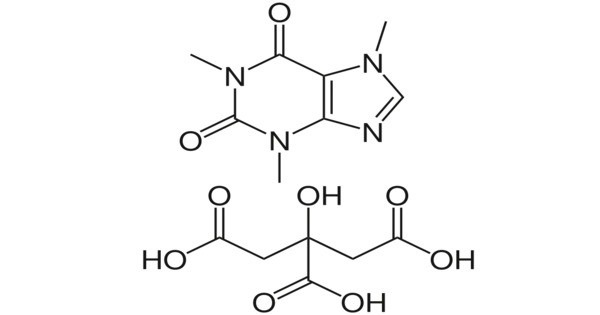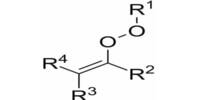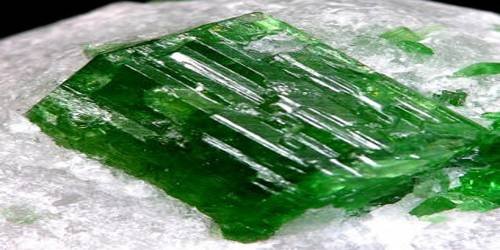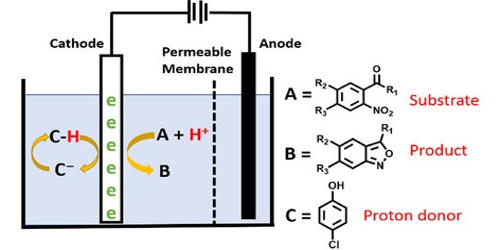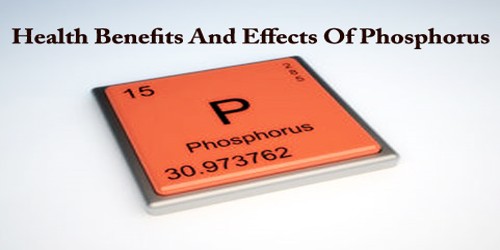Caffeine citrate, sold under the brand name Cafcit among others, is a medication used to treat a lack of breathing in premature babies. It is a drug that combines caffeine with citric acid, and it is primarily used in medical settings to treat conditions like neonatal apnea. Neonatal apnea is a condition in premature infants where they temporarily stop breathing. Specifically it is given to babies who are born at less than 35 weeks or weigh less than 2 kilograms (4.4 lb) once other causes are ruled out. It is given by mouth or slow injection into a vein.
Caffeine citrate helps stimulate the central nervous system, particularly the respiratory centers in the brain, thereby reducing the frequency and severity of apnea episodes. Side effects can include problems feeding, increased heart rate, low blood sugar, necrotizing enterocolitis, and kidney problems. Testing blood caffeine levels is occasionally recommended. Although it is often referred to as a citric acid salt of caffeine, as implied by its name, caffeine citrate in fact consists of cocrystals of the two components.
Caffeine citrate is in the xanthine family of medication. It works by stimulating the respiratory centers in the brain. In addition to its use in premature infants, It has sometimes been used in other contexts, such as for certain types of sleep disorders or to enhance alertness in individuals, though its main application is in neonatology.
Chemical Properties
- Chemical Structure: Caffeine citrate is a salt formed from the combination of caffeine and citric acid. Its chemical formula is C_9H_12N_4O_3·C_6H_8O_7.
- Solubility: It is highly soluble in water, which makes it suitable for intravenous use. This is an important distinction from caffeine, which is less soluble in water.
- pH: It is usually neutral to slightly acidic in solution due to the presence of citric acid.
Biological Properties
- Stimulant Effect: Like caffeine, caffeine citrate acts as a stimulant on the central nervous system (CNS). It works by blocking the adenosine receptors in the brain, leading to increased alertness and reduced fatigue.
- Faster Absorption: Due to its higher solubility, caffeine citrate is absorbed more rapidly into the bloodstream than caffeine alone, leading to quicker onset of effects.
Occurrence
Natural Sources: While caffeine citrate itself is a synthetic compound, the individual components, caffeine and citric acid, occur naturally in several substances:
- Caffeine is naturally found in coffee, tea, cacao, kola nuts, and some other plants.
- Citric Acid occurs widely in citrus fruits such as lemons, oranges, and limes.
Synthesis: Caffeine citrate is typically synthesized in the lab by combining caffeine (extracted from natural sources or synthesized) with citric acid.
Medical uses
Caffeine citrate is generally the preferred treatment for apnea of prematurity for infants born 28 to 32 weeks or earlier than 28 weeks. It has fewer side effects as compared to theophylline.
Caffeine improves airway function in asthma, increasing forced expiratory volume (FEV1) by 5% to 18%, with this effect lasting for up to four hours.
Caffeine citrate is typically administered via intravenous injection or infusion in a hospital or clinical setting. Its pharmacokinetics (how the body absorbs, distributes, metabolizes, and eliminates the drug) are a bit different from regular caffeine. Caffeine citrate has a longer half-life than regular caffeine, which allows it to provide a more sustained stimulant effect, which can be beneficial in the treatment of apnea in premature infants.
